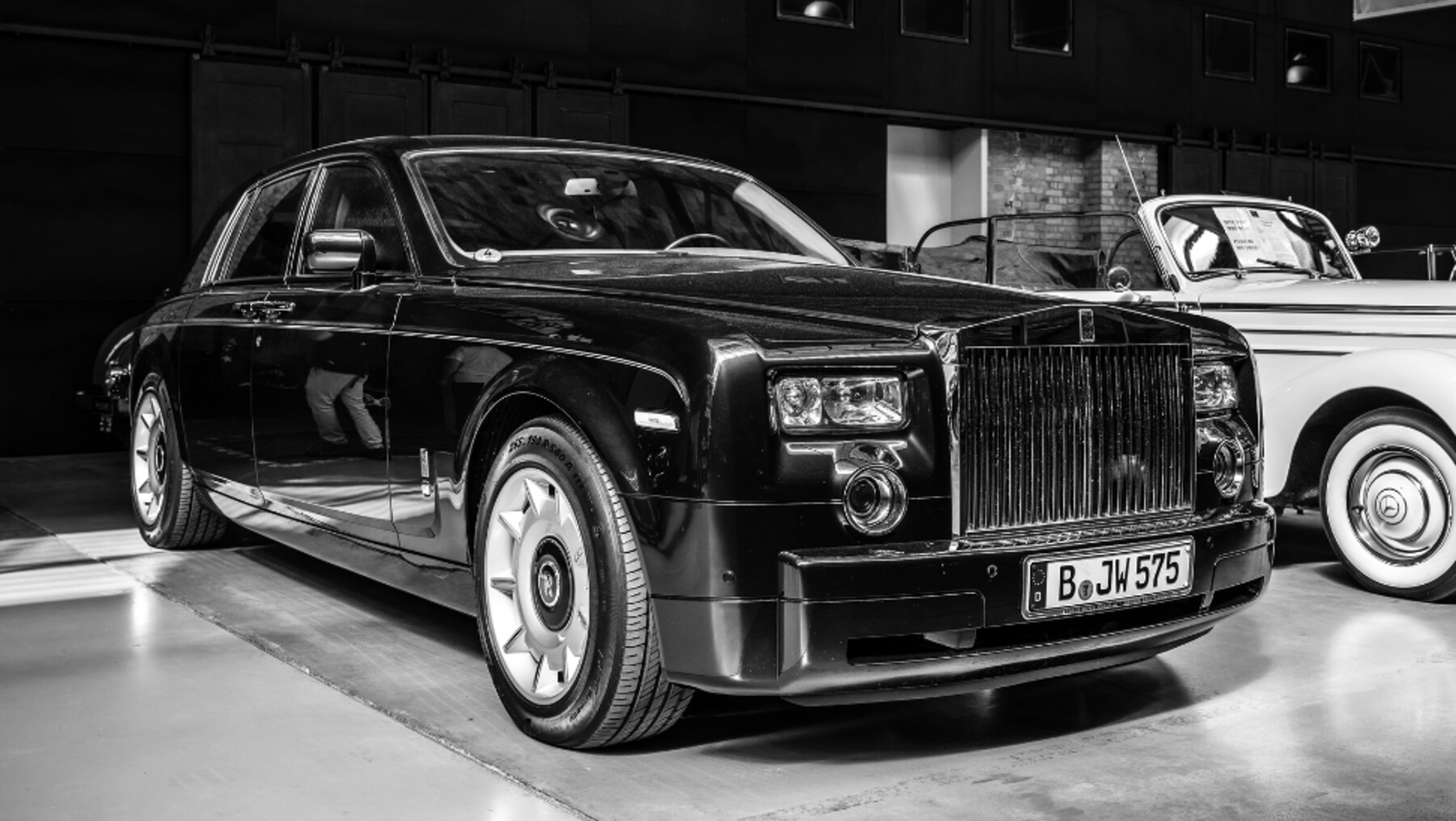ROLLS-ROYCE
Founders
Sir. Fredrick Henry Royce started an electrical and mechanical business in 1884.He made his first car, a two-cylinder Royce 10hp, in his Manchester factory in 1904. Henry Royce was introduced to Charles Stewart Rolls at the Midland Hotel on 4 March 1906. From this collaboration thus the birth of the name.


Spirit of Ecstasy
Also known as Emily, Silver Lady and Flying Lady. It is the bonnet ornament sculptureon Rolls-Royce cars. It is in the form of a woman leaning forward with arms stretched out to the back and sight fixed upon distance.
A History of Rolls-Royce in 3 Cars
It was until the company entered post world war II manufacturing in 1946 that Roll-Royce began to build and sell entire cars.
- Rolls-Royce Eagle
- Rolls-Royce 40/50
- Rolls-Royce Twenty

Rolls-Royce had an early foray to make aeroplane engines. It was built in 1915 and was the first engine to amke a nonstop trans-Atlantic crossing. It supplied over half of the total air horsepower used by allies in the world war I.

The Commercial Managing Director Claude Johnson had an early example model finished in silver and named, as if it were a yatch, Silver Ghost. Unofficially the press picked up and used Silver Ghost for all the 40/50 cars until the introduction of the 40/50 Phantom in 1925.

After world war I,Rolls-Royce successfully avoided attempts to encourage British car manufacturers to merge. Faced with falling sales of the 40/50 Silver Ghost in short-lived but deep postwar slumps Rolls-Royce introduced the smaller, cheaper Twenty in 1922 ending the one-model policy followed since 1908.
Rolls-Royce VII
Two companies with a long-held interest in Rolls-Royce were German manufacturers Volkswagen and BMW. This interest came in fruition in 1998 when BMW outbid Volkswagen(430 million Euros over 430 million Euros) in an attempt toacquire the Rolls-Royce brand. The outcome of this bidding war was that BMW owned the Rolls-Royce name and logo while Volkswagen had rights to the mascot and grill.

This stalemate was broken when a deal was made that, from 2003 on, BMW was allowed to produce the complete car under the Rolls-Royce name. The 2003 Phantom VII was the first Rolls-Royce built completely under BMW.